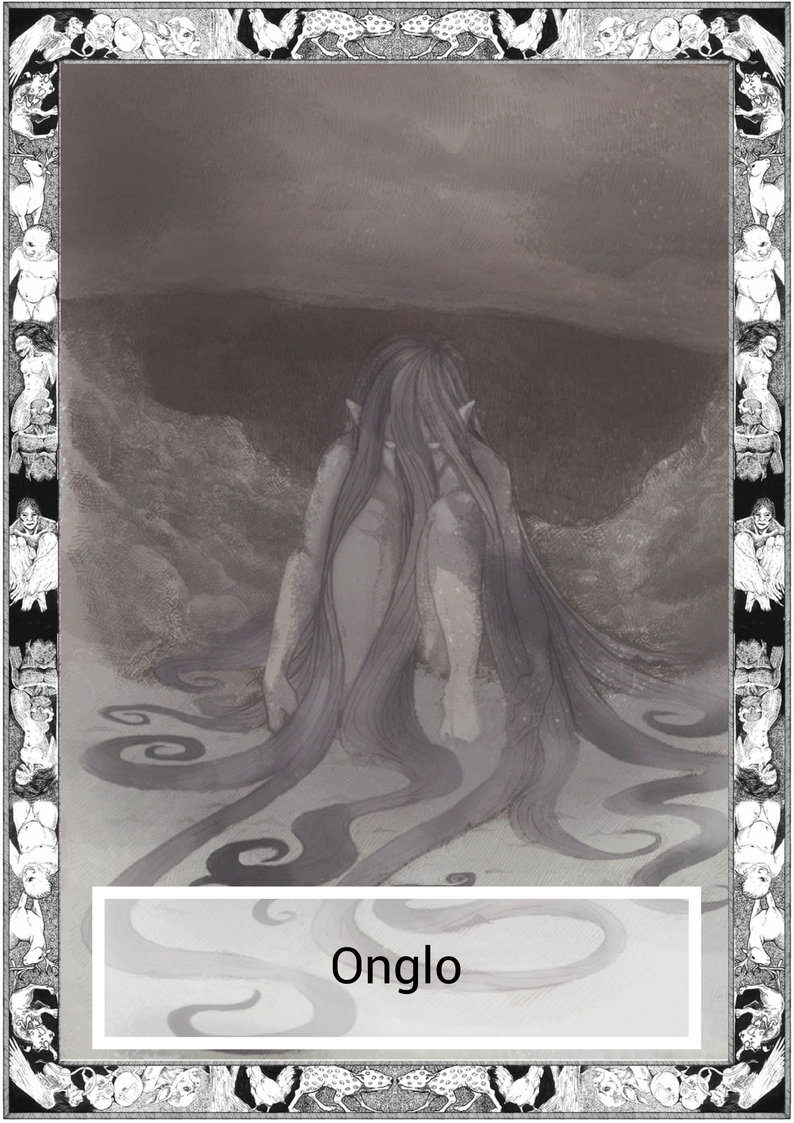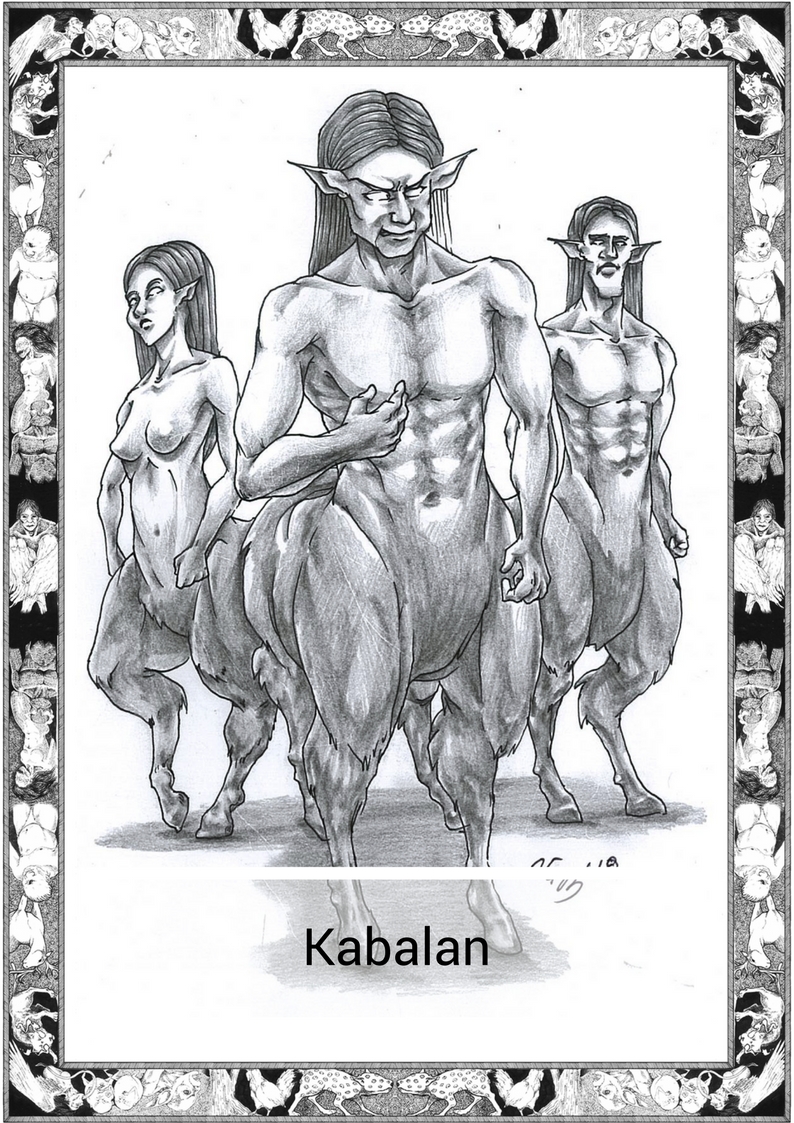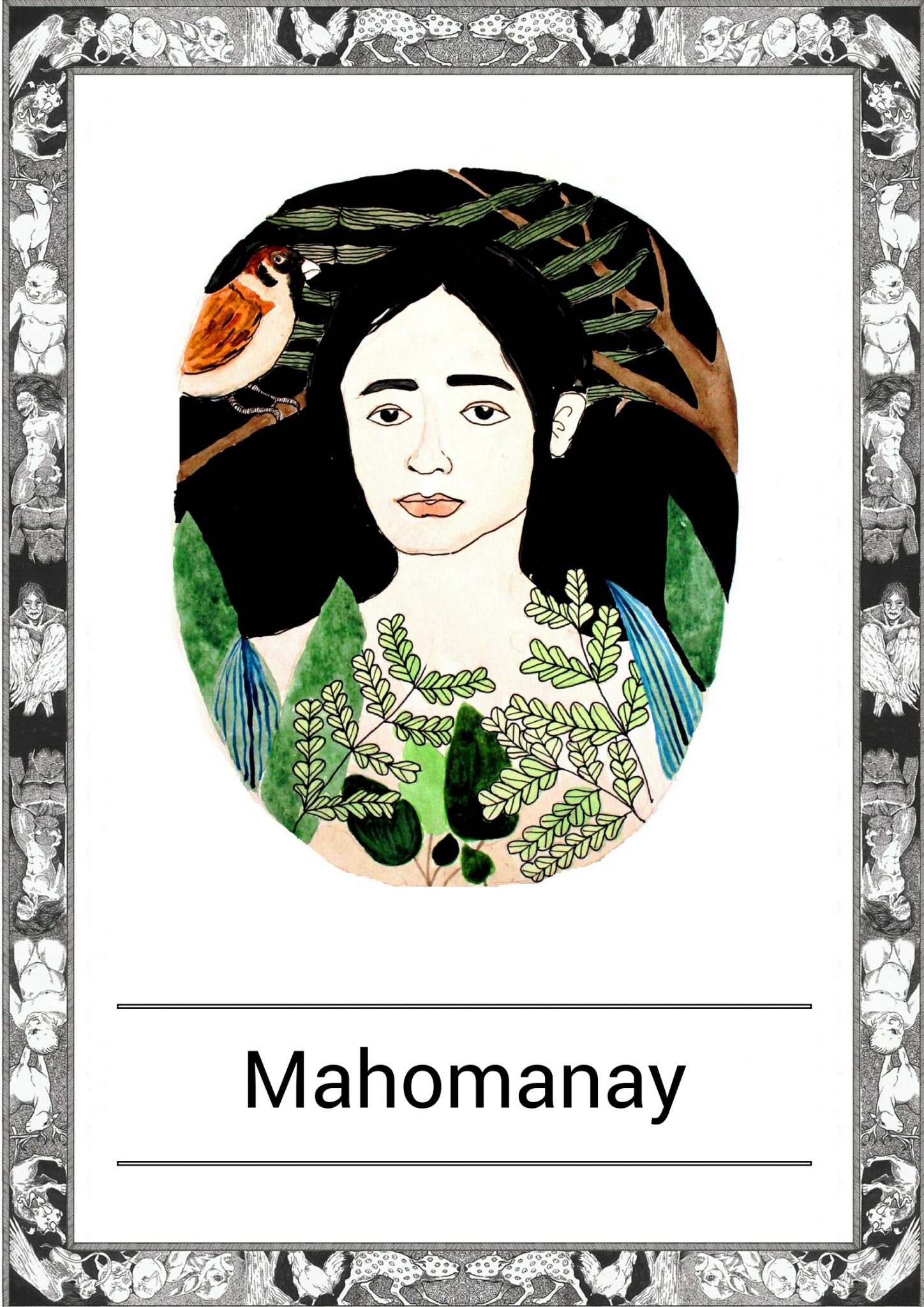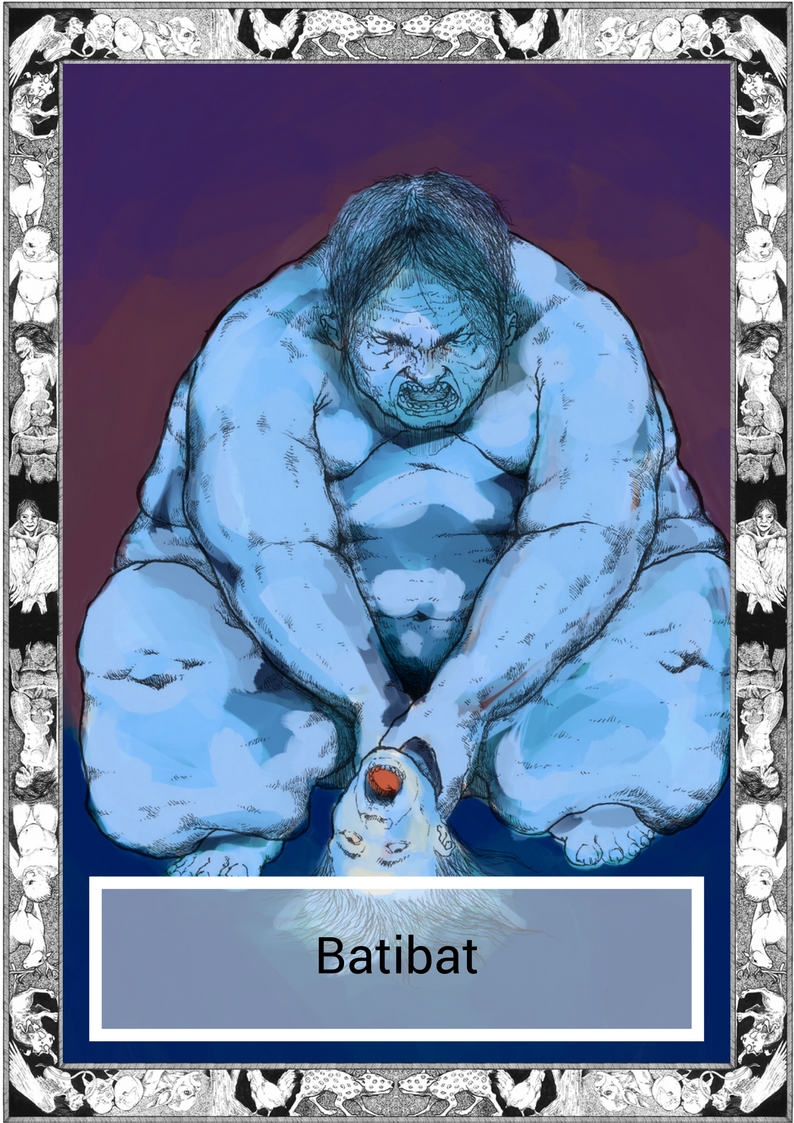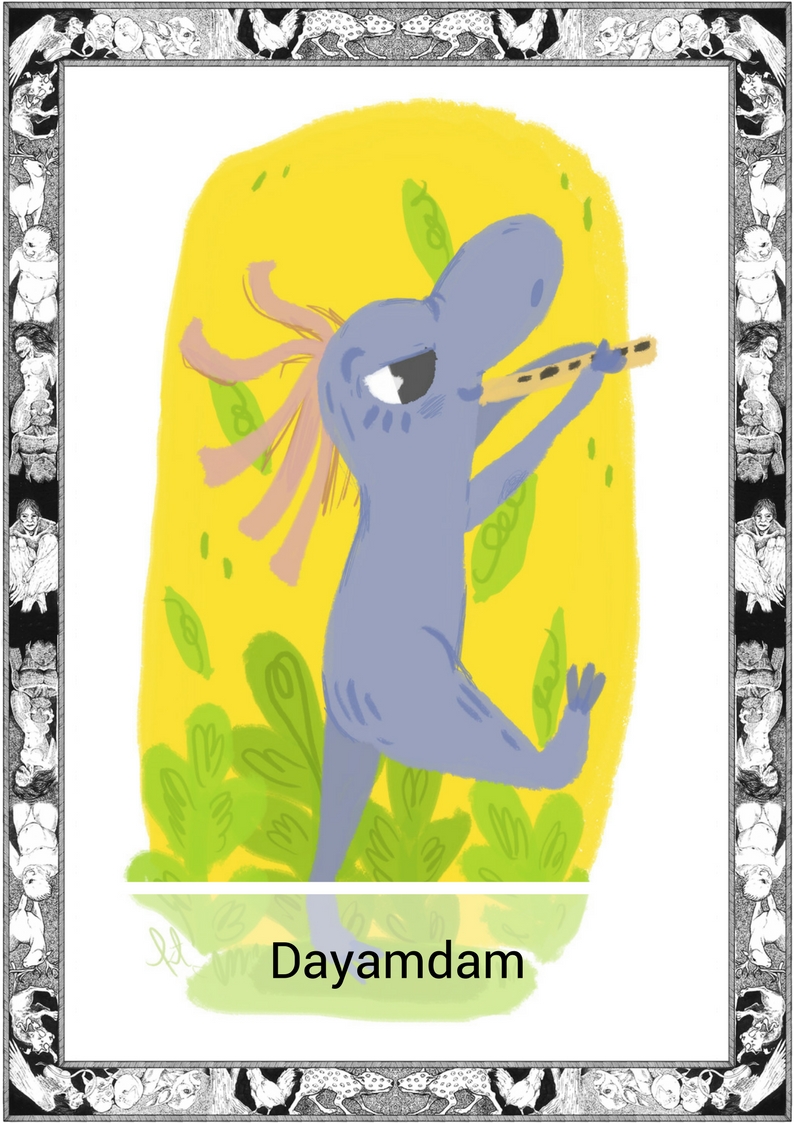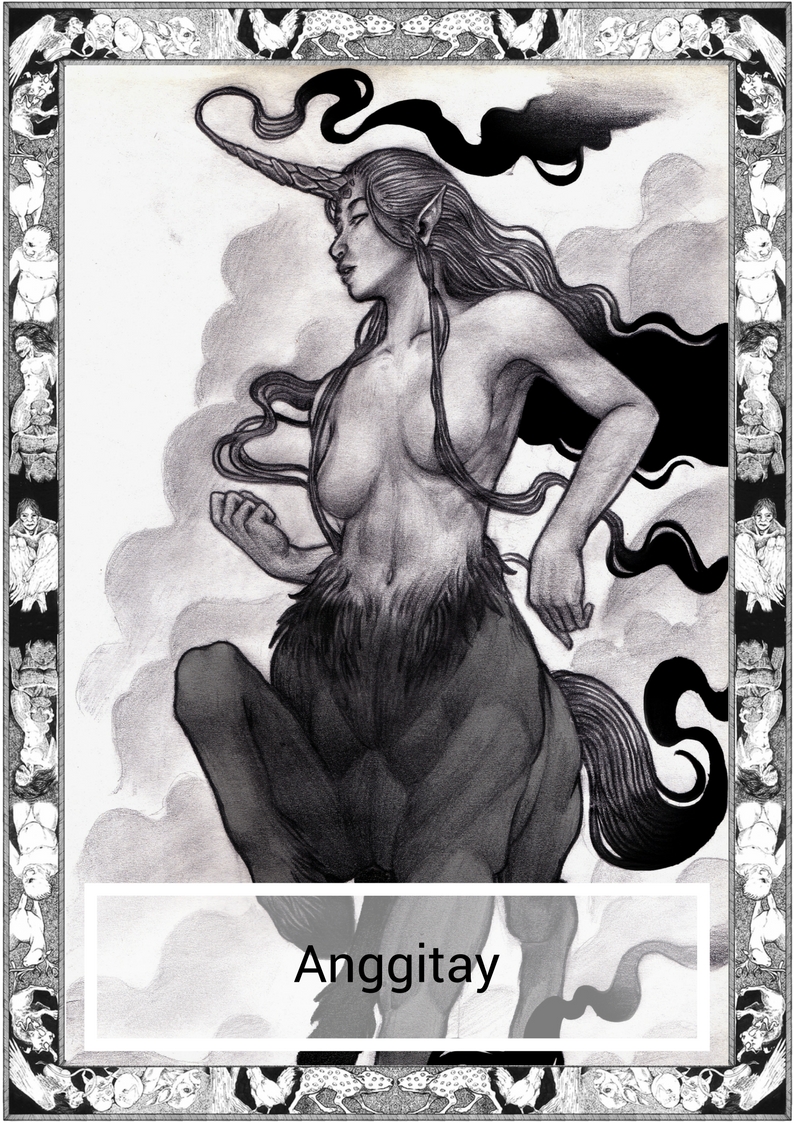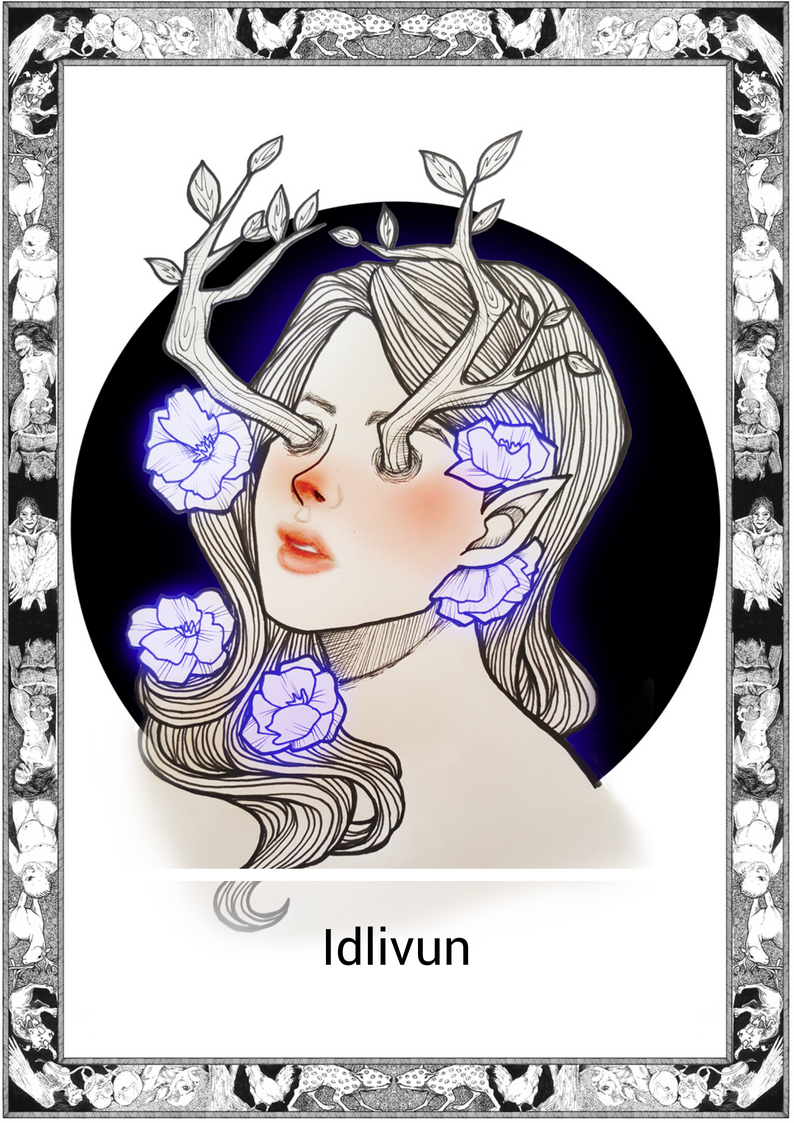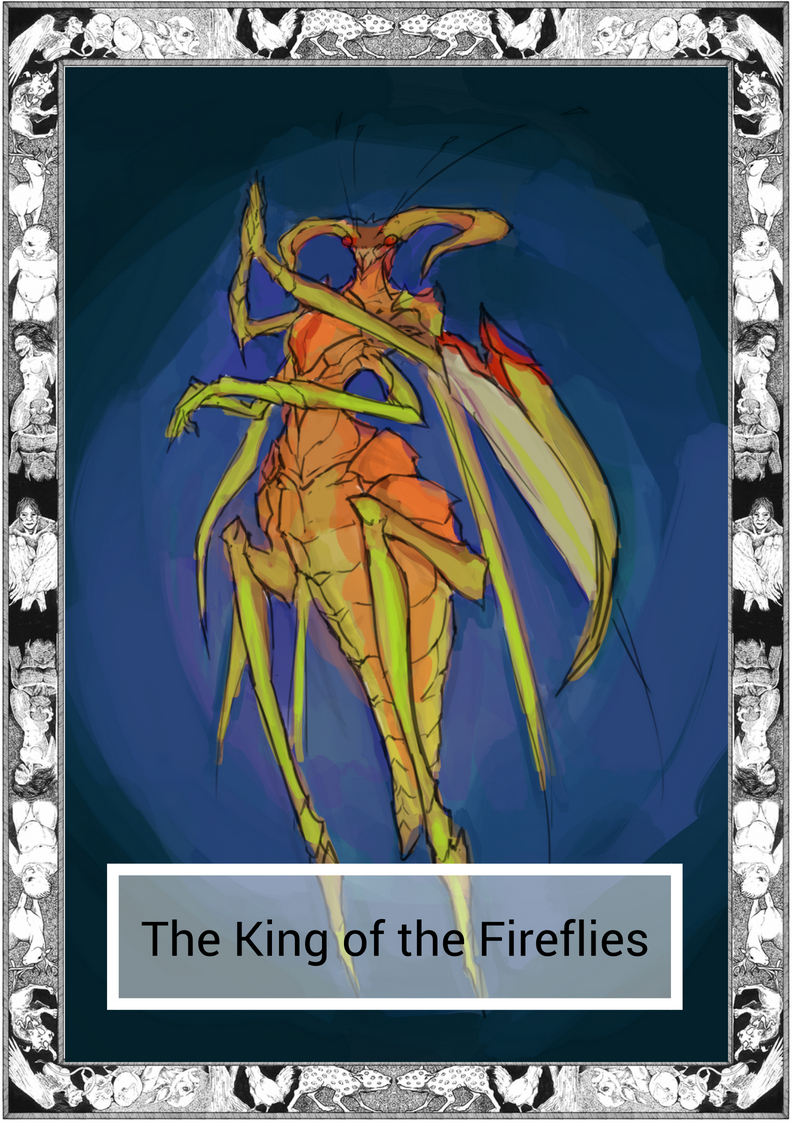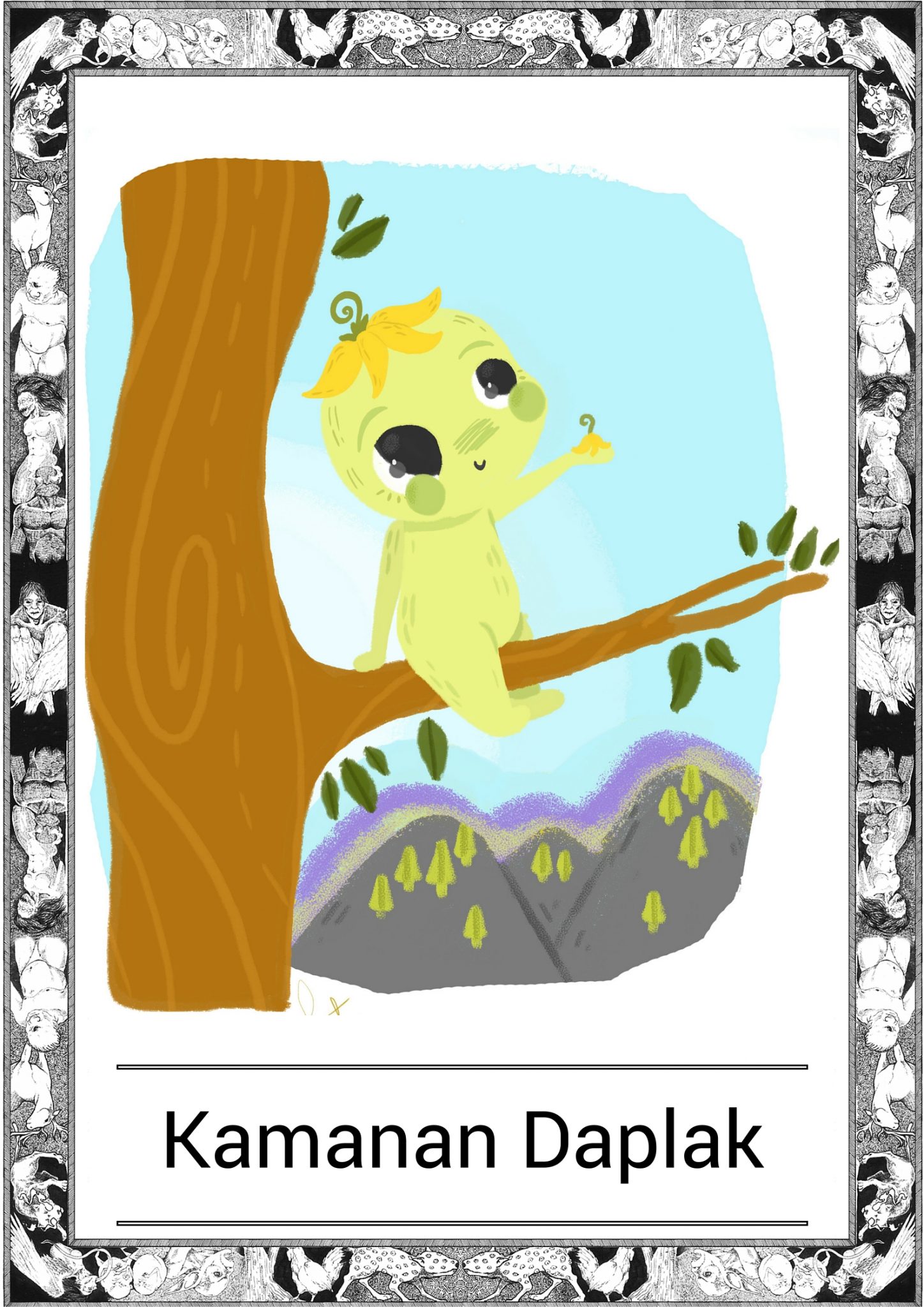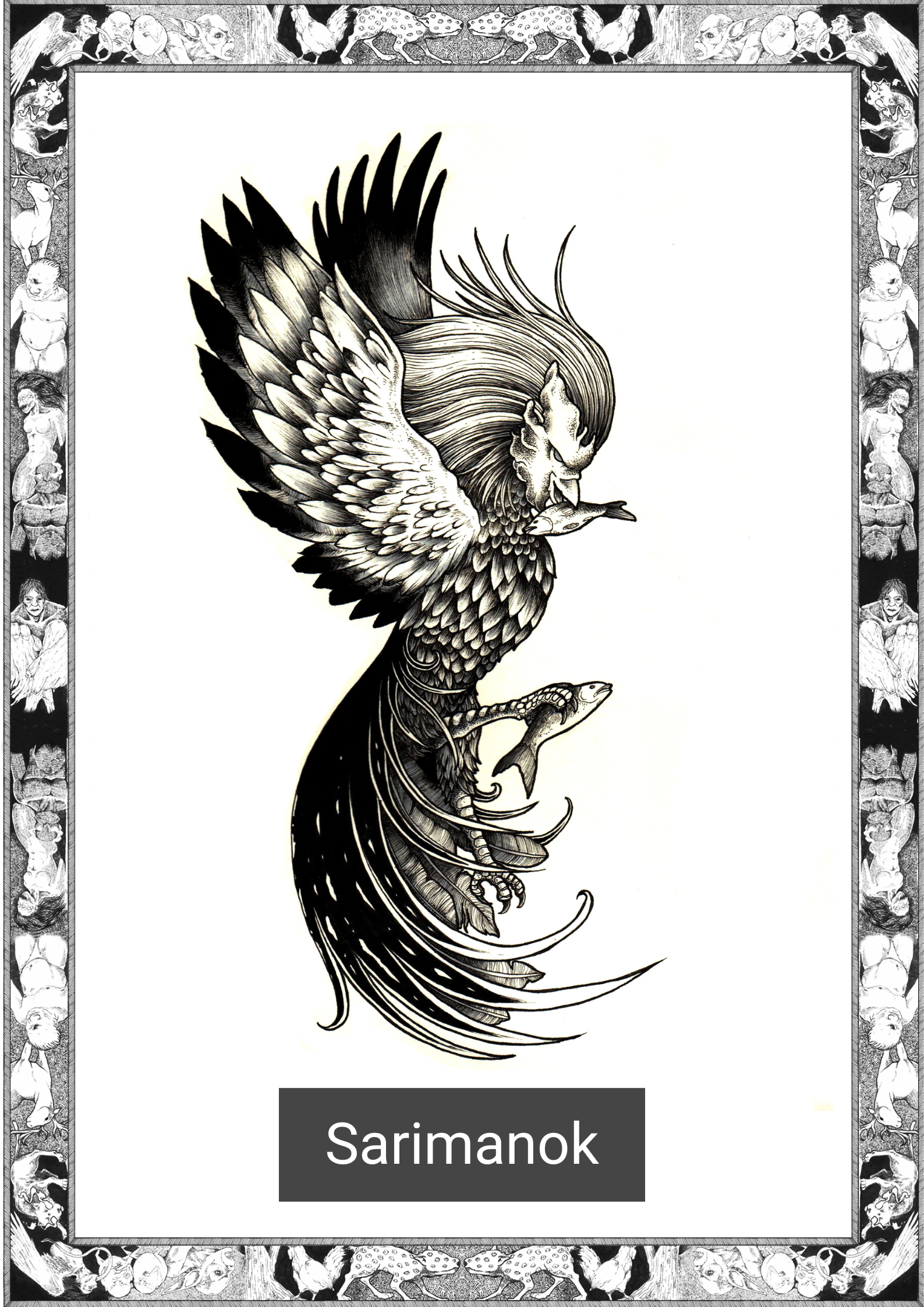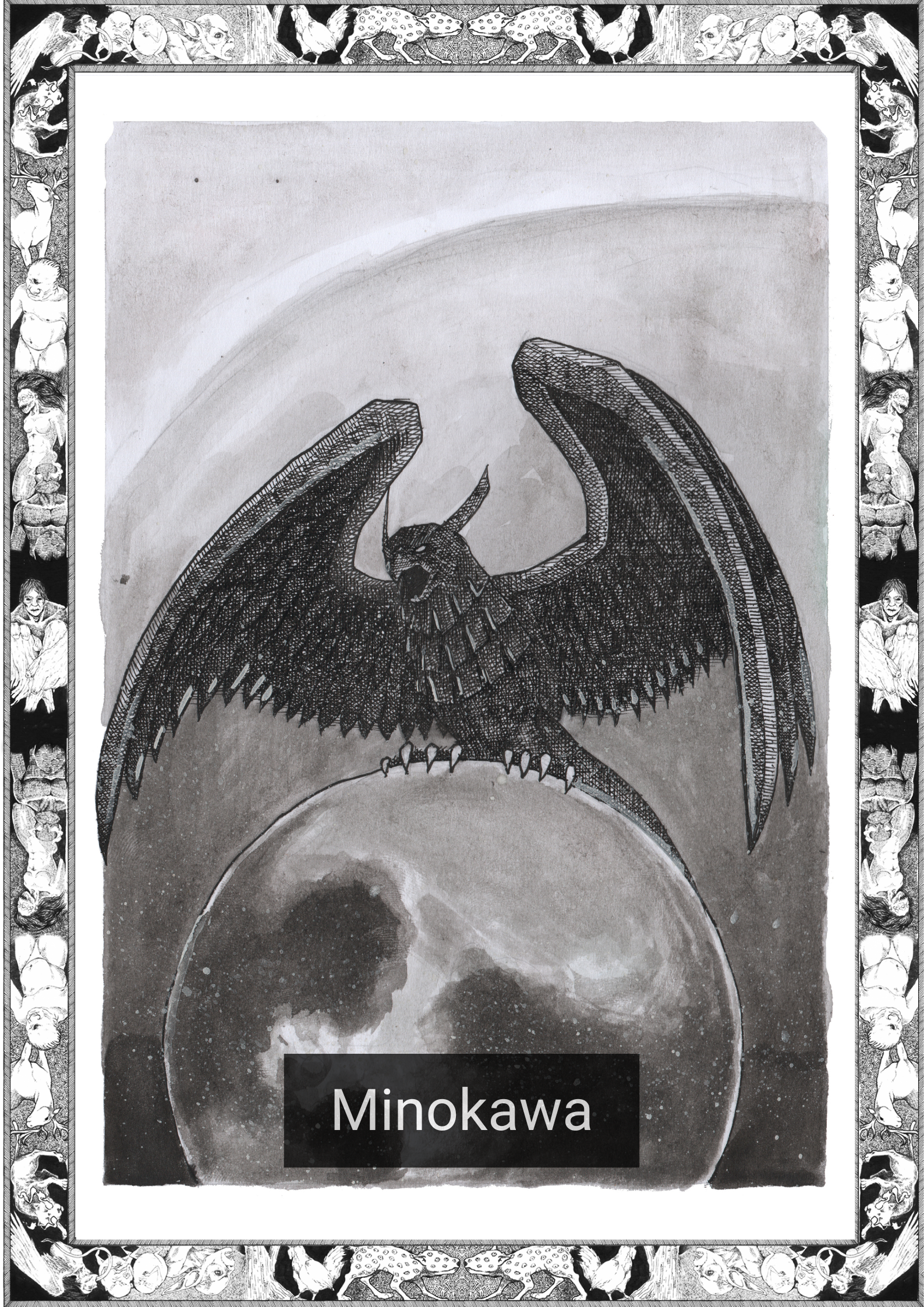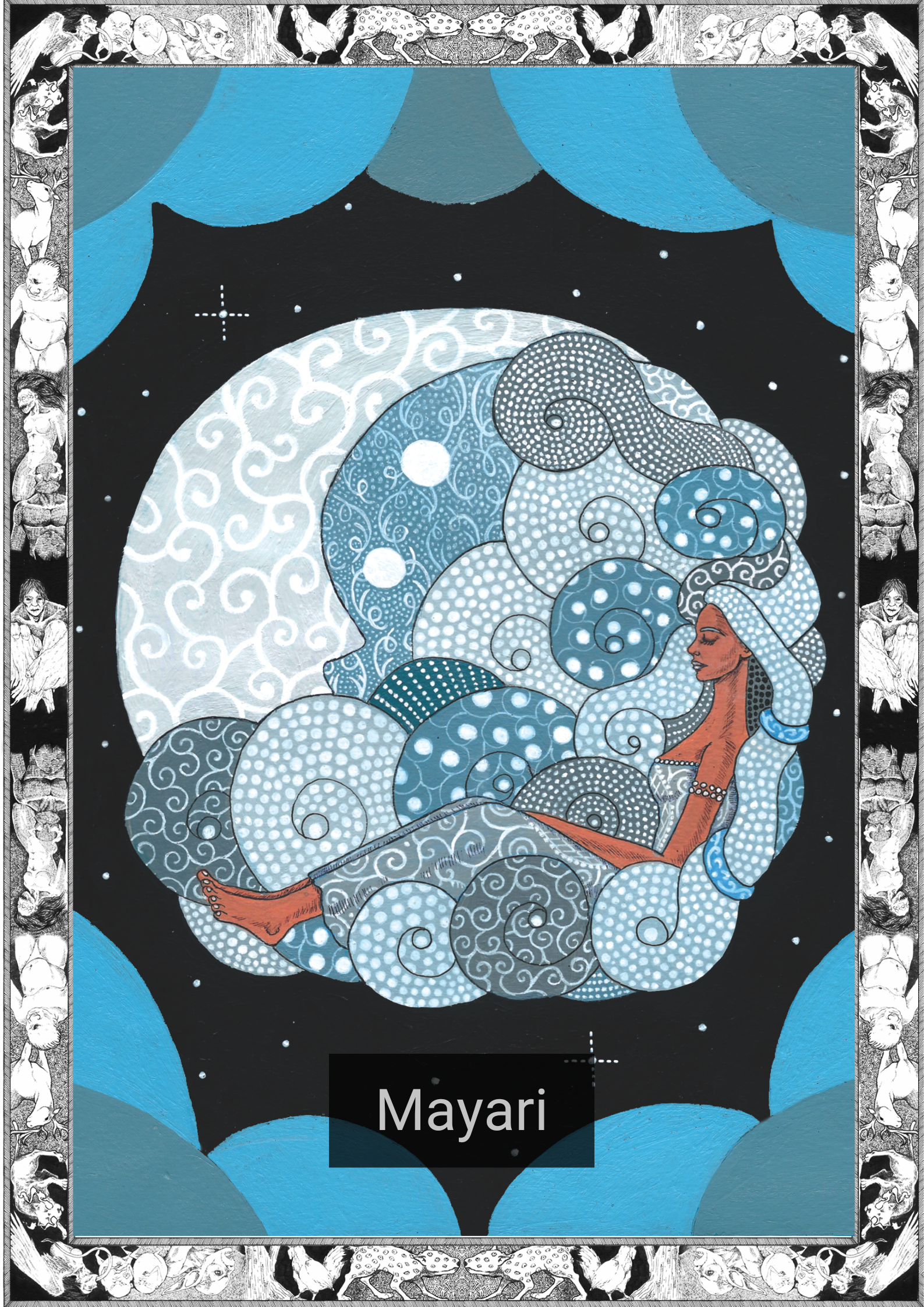
*Note this story is in Bicol-Naga
Nasa katahawan kan tag-uran kaidto, kan an uran pigpapalid kan doros, may duwang magtugang na toninong na nakatukaw sa sarong harong – iniisip ninda kun pa’no sinda makakaluwas sa sarong dipisil na sitwasyon. Huli ini ta nawara kan magtugang an sarong importanteng gamit hali sa saindang ama, saro ining magayon na sundang na ginunting na tinao kan saindang ama na bilang regalo.
“Ika an may kasa’lan kun ta’no ito ta nawara!” An silyak kan matua. Habo’ niyang makihampang sa saiyang ama huli digdi. Sabi niya sa sadiri, “Ako an matua, ako dapat an may kargo kaidto, ako nanggad an babasolon kaidto ni apa.”
“Dae ka na magparaha’dit mahahanap ta man giraray idto.” Sabi kan bunso. Mas gusto kan bunso na hilingon an mas marhay na parte kan mga bagay. “Kaipuhan ta lang magbalik kun saen kita nagkarawat. Sa hiling ko garong yaon lang idto sa may parte kan sulong. Mahahanap ta pa idto bago mag-abot si apa tapos sagin lang na garong mayo’ lang nangyari.”
“Dakulang kapatalan yan!” asin naghiling an matua sa luwas kan bintana. Lalo pang nagkukusog an uran habang naghahaloy asin aram niya na peligroso na magduman sa parteng idto kan kadlagan.
“Ano, gusto mong sabihon ta na lang lugod ki apa?” Sabay ngising sabi kan bunso.
Kaya luminuwas an magtugang sa uran asin nagpasiring sa kadlagan.
“Uya digdi.” sabi kan bunso pagrani sa nabuwal na kahoy, “Garong may nahiling ako.”
“Pag-maan diyan ta madiskwedo ka!” Sabi kan matua na paspas na nakasunod sa likudan. Nahiling niya man an sarong bagay na garong silyab nin batbat hali sa likod kan kahoy, pero nagirumdoman niya an mga istorya kan mga naka-istar sa parteng idto kan kadlagan asin habo’ niya na matuparan an mga idto.
Dae nanggad nagkatotoo an saiyang pighuhuna.
Pagtindog niya sa irarom kan kahoy, nahiling niya an saiyang tugang na nakikipaghampangan sa sarong halimaw. Halos pano’ nin bogaybo an hawak kaini, mapanas an talinga, asin haralaba na mapanas an mga kuko sa mga kamot asin mga bitis kaini. An pinakang makatakot na parte iyo an lalawgon kaini na garong angguton na bakulaw pero mas labi pa.
An mas nakapagpatakot pa sa matua kan mahiling niya na kapot-kapot kan halimaw an sundang.
“Pakibalik na tabi iyan samuya, importantehon iyan sa samuyang ama.” Pighuhuna kan bunso na maiintindihan siya kan halimaw. Sigurado siya na igwa man ini nin ama asin iniisip kaini na mamumundo’ man an saiyang ama kun ini mawa’ran man nin sarong importanteng bagay.
Namungnan an matua sa halimaw. Dae niya aram an gigibuhon. Nadadangog niya na inaatake kan mga halimaw na ini an siisay man na nagrarani sa saindang istaran, pero dae niya nanggad pighuhuna an sunod na nangyari.
Itinao kan halimaw an sundang sa bunso asin nagtukdo ini parayo saiya.
“Salamat tabi.” sabi kan bunso na nakangisi. “Dali na kita pag-uli sa harong ta mabalik na idto si papa.”
Nagdalagan an magtugan pauli sa harong ninda na nabayaanan na an halimaw. Nagsurusalida sinda sa pagdara kan magabat na sundang ta nganing makauli nin madali.
Pero ba’go pa man sinda makauli nin harong, sarong maraot na bagay na nagyari.
An sundang panu’-pano’ na nin maitom na bugaybo hali sa hawak kan halimaw. An dae aram kan magtugang, nakakaraot an mga bugaybong ini sa hawak kan tawo.
Nagparadalagan an magtugang sa uran pero nakakamati sinda nin malanit na magatol habang parani na sinda sa saindang harong. Sige kaining pagatol hanggan sa nagpundo na sinda sa kadadalagan.
“Kuya ano na baya ining nangyayari?” Naghihibi na an bunso. Dae ining pundo nin kakakagaw asin pano’ na nin libaka an saiyang hawak.
“Dae ko aram!” sabi kan matua na dae man nin pundong kagaw na nagpipinsar nin ginhawa. Dae man lamang ninda narisa na yaon sinda sa may pampang kan salog asin sige man an kusog nin uran.
Kan pagkabanggi nag-uli an saindang ama asin pigparahanap an saiyang mga aki.
=—————————————————————-=
English Version
It was the middle of the rainy season, when the raindrops were tossed by the winds, that two brothers sat quietly in their house – wondering how they would get out of their predicament. You see, the brothers had lost something very important to their father, a precious ginunting sword that he received from his father as a gift.
“It’s your fault we lost it!” The older brother yelled. He didn’t want to face his father because of this. He thought to himself “I’m the older one I’m supposed to be in charge, surely papa will put all the blame on me.”
“Don’t worry we can find it.” The little brother replied. The small boy always tried to see the bright side of things. “We just have to go back to where we were playing. I think it was by the part near the swamp. We can find it before papa comes home and it will be like nothing ever happened.”
“That’s a stupid idea!” The older brother looked out the window. The rain was getting stronger by the minute and he knew it would be dangerous to go to that part of the forest.”
“Do you want to be the one to tell papa then?” The little brother smiled.
And so the two brothers braved the storm and went out into the forest.
“Over here!” The younger brother dashed towards a fallen tree. “I think I see something.”
“Be careful! You’re going to hurt yourself!” The older brother followed swiftly behind. He had also seen something that looked like a glint of steel from behind the tree, but he had heard stories about the things that dwelt in this part of the forest. He wasn’t eager to meet them.
His wish did not come true.
The older brother stood under the log and saw his little brother face to face with a monster. It had long black hair over most of its body, pointed ears and sharp claws on its hands and feet. The most terrible part was its face, the angry features reminded the older brother of a gorilla, but much more monstrous.
To his horror, the older brother saw that the monster was holding the sword.
“Please give it back to us. It’s very important to our father.” The younger brother thought that the monster would understand. Surely it would have a father as well and it would know that they would be sad if something they cared about was lost.
The older brother stared at the monster. He didn’t know what to do. He had heard that these things would attack any human that would go near their homes, but he wasn’t prepared for what happened next.
The monster gave the sword to the little brother and pointed away.
“Thank you!” The little brother said with a grateful smile. “Hurry up! We can get home before papa comes back.”
So the two brothers ran towards their home, leaving the monster behind. They took turns carrying the heavy sword so they could get home faster.
But before they could get to their house, something terrible happened.
You see, the sword was now covered with small, black hairs that came from the monster. What the brothers didn’t know was that these hairs were very harmful to humans.
The brothers ran through the rain, but they felt a very painful itch as they got closer to their home. They itched and they itched until they had to stop running.
“Brother what is happening?!” The little brother was crying. He couldn’t stop scratching. His arms and legs were covered with bright red spots.
“I don’t know!” The older brother was scratching just as furiously. All he could think about was scratching until he could find relief. He didn’t even realize that they were next to the river and the rain was getting stronger.
That night their father came home and frantically searched their house, wondering where his two boys had gone.
————————–
*Central Bicol, commonly called Bicol Naga, is the most-spoken language in the Bicol Region of southern Luzon, Philippines. It is spoken in the northern and western part of Camarines Sur, second congressional district of Camarines Norte, eastern part of Albay, northeastern part of Sorsogon, San Pascual town in Masbate, and southwestern part of Catanduanes. Central Bicol speakers can be found in all provinces of Bicol and it is a majority language in Camarines Sur.
Written by Karl Gaverza
Bicol Translation by Willie Villar
Copyright © Karl Gaverza
Translation Copyright © Willie Villar
Inspired by the Onglo description in Bikol Beliefs and Folkways: A Showcase of Tradition. Nasayao 2010.
Onglo Illustration by Leandro Geniston
FB: That Guy With A Pen
Color by Yanna Gemora
FB: Yannami
